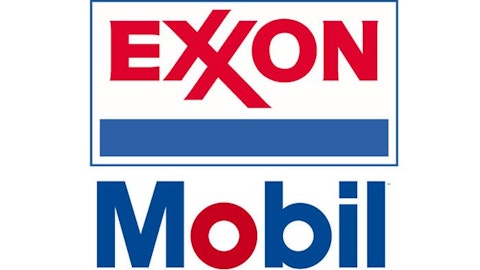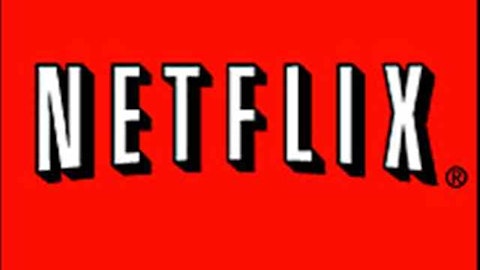Those original series don’t come cheap. Netflix paid $100 million for two seasons of House of Cards, and intends on spending $300 million total from 2013 to 2015 on original content. That’s HBO money.
But it’s not the cost of original content that’s bad for Netflix, it’s the cost of the bulk – the extra content to fill out its offering. Even on HBO, more than 80% of viewing time is spent on licensed movies. That extra content is rising in price quickly.
When asked about content negotiations on the earnings call, CEO Reed Hastings said, “The only thing that’s noticeably changed in the last 12 months is Hulu and Amazon bidding more aggressively, and that that’s made content owners much happier and has made the prices to us higher than they would otherwise be.”
That’s why the company’s content budget is ballooning. In 2010, licensing costs for Netflix were just $300 million. The company plans on spending more than that for Disney films starting in 2016. This year, the company will spend about $2.3 billion on content.
To offset this pressure, Hastings announced plans to cut some of its bulk. Starting with Viacom in May, when its current contract expires, Netflix plans to put in bids for exclusive rights to individual shows. He indicated on the earnings call that there should be no change in content costs.
This new focus on exclusive content is integral to Netflix’s success going forward. If it can maintain content costs and gain exclusive content, it will allow them to eventually raise pricing with minimal subscriber loss, and reduce churn.
Debt and cash
Netflix is funding a lot of growth with debt. While its debt/equity ratio is 0.54, it has content liabilities of $2.4 billion on the balance sheet and another $3.3 billion off the balance sheet. In February, the company issued $500 million in debt at 5.4% interest. With a stretched balance sheet, increasing debt is relatively costly. Still, Hastings indicated he’s not ruling out the strategy during the earnings call.
The big issue, though, is that the company isn’t generating strong cash flows to pay down the debt. While earnings were good the last two quarters, free cash flow fell to negative $51 million in the last quarter of 2012, and negative $42 million in the first quarter of this year.
The company moved away from its comments in the fourth quarter letter to investors indicating a substantial improvement in cash flows after the first quarter of 2013. In the most recent letter to shareholders, there’s no indication on when the company expects cash flow to improve.
Competition with strong cash positions compared to Netflix are better able to negotiate content deals. Netflix, should it not grow its cash fast enough, could be in danger of a company like Amazon buying up content it’s unable to renew or gain exclusive rights to.
In the margin
Netflix is still the go-to service for online video streaming. Its first-mover advantage, however, is deteriorating. As content costs rise and the competition keeps its pricing low, Netflix will experience a margin squeeze.
Cutting some of the bulk will help control costs, but it gives the competition the opportunity to catch up. Exclusive deals would be a big win for the company. Its current debt, cash flow, and content liabilities, however, may hold it back from acquiring a big exclusive library.
Despite all the love Netflix has received from the market in 2013, I don’t foresee it lasting forever. Investors ought to pay attention to its margins in upcoming earnings releases.
The article Can Netflix Keep This Up? originally appeared on Fool.com.
Copyright © 1995 – 2013 The Motley Fool, LLC. All rights reserved. The Motley Fool has a disclosure policy.


